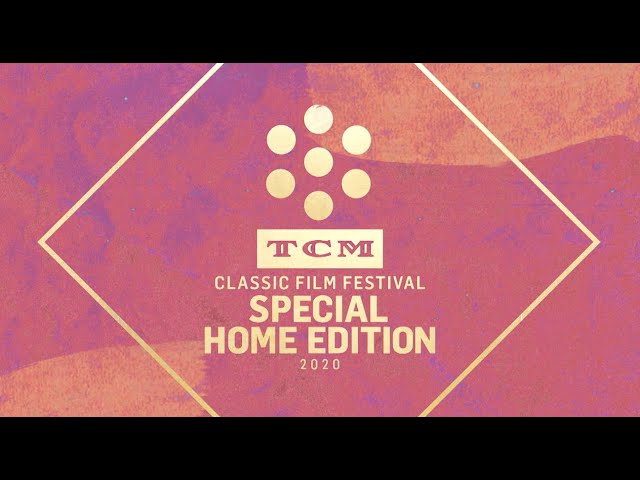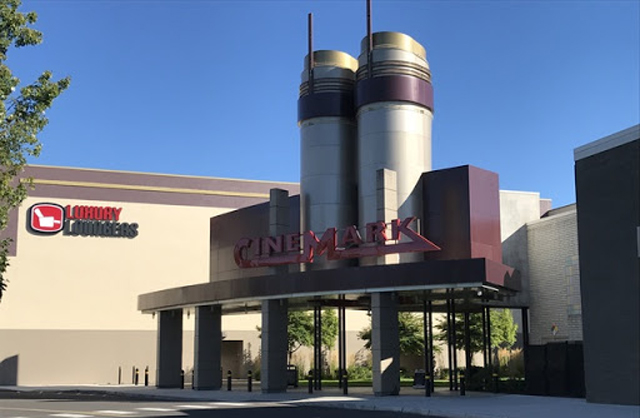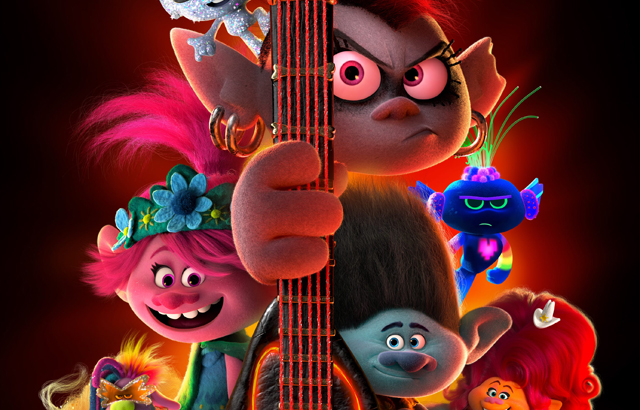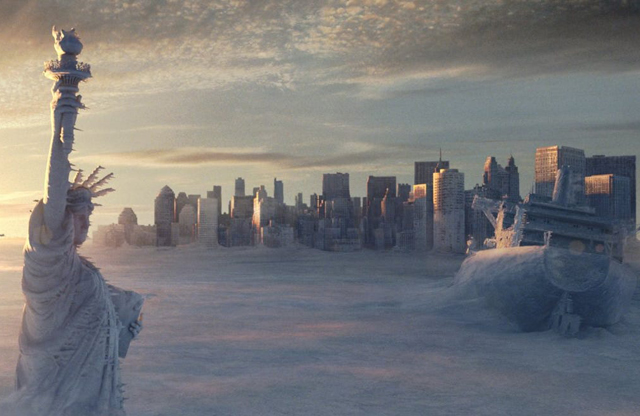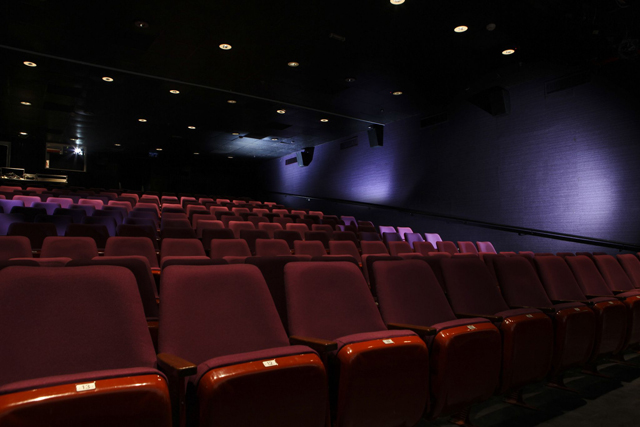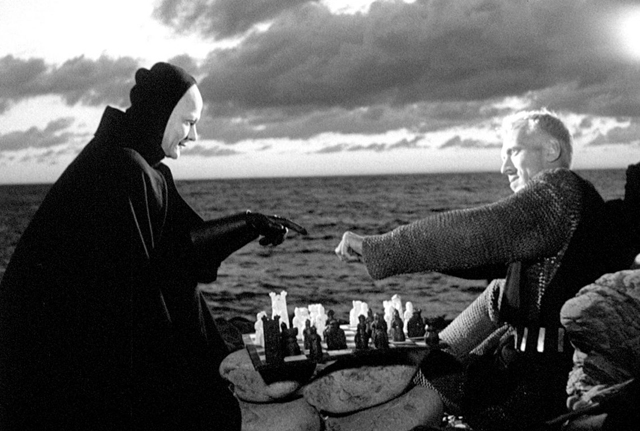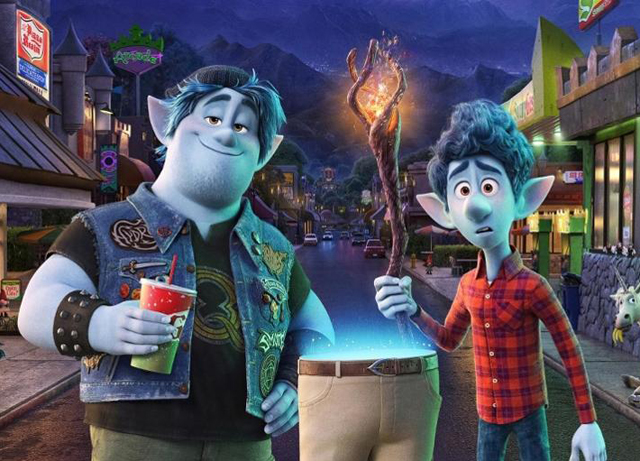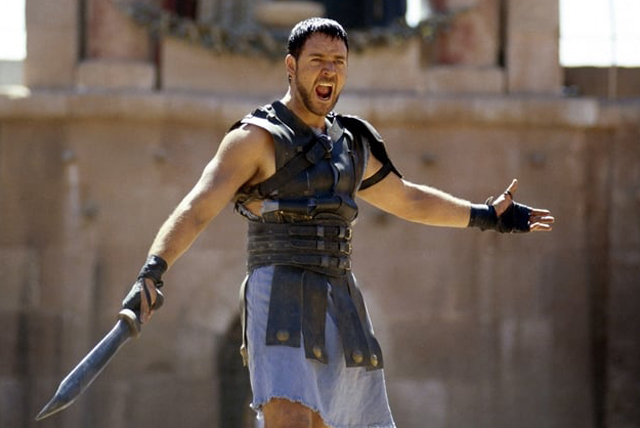
It’s a weird time for movies right now. This would have been the first weekend of the 2020 Summer movie season, and the launch of a new blockbuster film (originally in this case was Marvel’s Black Widow) would have kicked things off into high gear. But, as of right now, movie theaters across the nation remain closed due to the ongoing COVID-19 pandemic. This has thrown the state of cinema into unprecedented territory, as there is no other place to go for entertainment other than what is available on streaming services. This has caused a lot of friction between studios who impatiently want to generate income for the movies they’ve already spent millions of dollars producing and the movie theater chains who are on the brink of collapse. This led to a squabble between Universal and the theater chains AMC and Regal, as Universal was trying to back out of a distribution deal so that they could release more of their movies online, due to the success of Trolls World Tour (2020) in digital rentals. It’s a dispute that I hope resolves itself, because once the crisis is over, both sides are going to need to work together in order to bring things back to normal. And that normal may not even be what it once was. Movie theaters may take years to recover from this, if at all. And that is an unfortunate thing for those of us who are huge fans of the theatrical experience. I for one don’t see the VOD option as the future of cinema, because there is always going to be that desire for the communal experience of a movie theater. Until things get better, that option is unfortunately unavailable to us, except if you are lucky enough to find it. Yes, there is still one big screen option left in the country, and it’s one that many people thought was long gone into yesteryear.
The Drive-In Movie Theater was believed to be a relic of a bygone era, when car culture dominated the landscape. Now, in the era of social distancing, it’s something of a godsend because it’s the only option left for watching a movie on a big screen. The only problem is, because of it’s decline over the last few decades due to the rise of the multiplex, drive-in’s began to disappear across the country, with only a handful left in operation. The Drive-in Theater first started in Camden, New Jersey in 1932, but it didn’t hit it’s zenith until the post-War years. As people began moving out to the suburbs, the rise in car sales skyrocketed, and this in turn led to a rise in businesses accommodating to the automobile. Fast food began to be delivered through Drive-Thru pickup, and of course, a rise in the Drive-In theater. Families, couples, and even just a casual single attendee could pick the best spot in front of a massive white screen with the sky as it’s backdrop, and never have to leave the comfort of their own car. The experience would be improved even more as convertibles became more fashionable, which would open up the outdoor feeling even more. The Drive-In Theater has become an iconic part of that romanticized post-war American ideal, and it’s still seen as an important part of cinematic history. At it’s peak, 4,000 Drive-In theaters operated across just the United States alone. However, with the rise of multiplexes, and the beginning of home entertainment, not to substantial cost of operational and property expenses, the Drive-In theater declined sharply in the decades ahead. Most sold off their substantial properties off to developers, or in many cases converted themselves to full time swap-meets. Today, only 300 Drive-In’s remain, and even fewer are operating normally under the stay at home orders given during this pandemic. Fortunately, one of those last remaining theaters is within an hour’s drive of my apartment here in the Los Angeles area. It’s the Mission Tiki Drive-In Theater in the sleepy little town of Montclair, CA and it holds the distinction of being the first Drive-In movie theater I have ever been to.
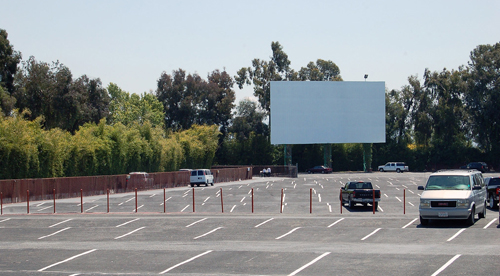
Opened in 1956, “The Mission” as it was originally called featured only a single screen to begin with. In 1975, the theater was expanded to four, making it one of the largest operating Drive-In venues in all of Southern California, which itself was one of the hubs of the Drive-in Theater craze due to it’s ideal climate. Though never closed like so many of it’s contemporaries throughout the years, the Mission did fall into disrepair due to neglect from past operators. A restoration effort began in earnest in 2006 to save the aging venue, and it brought the property up to speed with the times. The booths was retrofitted with spiffy new, top of the line digital projectors, the concession kitchen was spruced up and renovated, the screens were given clean new metal boarding, and the entire lot was repaved. The new operators also gave the venue it’s new Tiki theme, with the front gates re-themed to Polynesian style huts and the addition of a rock garden with Easter Island style statues. And though the re-theme is new, it does fit within the character of the retro cinematic experience. Great care was taken to make this not only a functioning Drive-In theater, but also a prosperous one as well. Delivering a generous $10 entry fee for adults ($1 for kids 9 and under) this is a perfectly suitable alternative to the rising entry fees at other chain theaters. Also, during it’s daytime hours, it operates as a swap meet, like most other Drive-In’s do, even the ones no longer playing movies. Up to this year, Mission Tiki was one of only 3 Drive-In’s still in regular operation within the Los Angeles area. But, because of the pandemic, not only is it the only Drive-In Theater still operating, it is the one and only movie theater in all of Los Angeles County still playing movies at all. The other two, Vineland Drive-In in the City of Industry and the Paramount Drive in in Paramount closed all operations due to the pandemic, but for some reason, Mission Tiki still found a way to stay open.
One of the reasons for this I believe is because of the sheer size of the property. Driving into the grounds of the theater you get a sense of the expanse the venue maintains. The actual screens themselves are so dwarfed within the open space of the property. The Mission Tiki also benefits from something that the other drive-in theaters in the Los Angeles region don’t have, which is a sense of enclosure. A tall grove of trees encircle the property, helping to close off the world from view. This was especially for a newcomer like me, who was worried that I would have my eyes too distracted by traffic passing by on the bordering roads, but the owners of this theater have made sure to maintain a satisfying enclosure from the natural treeline border. I imagine that the original theater itself benefited from the fact that they had so much room to work with and establish such an enclosure, due to the wide open land that likely existed here long before urban sprawl crept up to it thanks to suburban sprawl. As the city itself grew, the likewise growing trees helped keep it hidden from sight, leaving only the screen and the sky above to catch your eye. But, if you are there early enough, you might be able to take in a spectacular sight from the north side of the property right before sunset. The peaks of Mt. Baldy and Mt. San Antonio of the San Gabriel Mountain Range are easily visible above the treeline and create a magnificent pre-show backdrop for those arriving before the first screenings of the night. Even within a short drive outside of a mega city like Los Angeles, the backdrop of the mountains helps you to feel transported while you’re settling down to watch a movie.
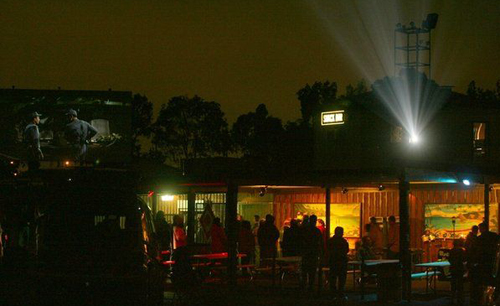
The set-up to get to the screens themselves was thankfully easy to follow. Specially marked lanes direct you to the central hub where the concessions and projection booth structure are located and from there you are branched off to your selected screen. Once in your lot, you cannot turn around and move to another screen between movies. Though once you are in your spot, you can stay for as long as you like. Each screen plays a double feature throughout the night, including new releases, which makes the $10 value extra worth it. Considering the fact that most of the movies that were supposed to have played in the last few months have been moved to later this year, what’s left over are what remains of the Spring releases that just barely made it to screens before the shut down happened. That, and a couple movies that are receiving concurrent VOD releases. Trolls World Tour just so happened to be one of those movies the night that I was there; the only big screen that the movie will likely ever be seen on this year. It played on a double bill with last year’s The Secret Life of Pets 2 (2019). Another new release playing on demand as well as solely in Drive In Theaters is Justin Kurzel’s new film True History of the Kelly Gang, starring George MacKay and Russell Crowe; a smaller film following Troll’s release example. My night however was devoted to watching two movies that I had missed during their original run in the multiplex theaters. Those were the new Vin Diesel action film Bloodshot and the new Blumhouse re-imagining of the horror icon, The Invisible Man, starring Elizabeth Moss. Sparing you from a through review of both, I’ll say the better of the two was obviously the Invisible Man, which was the second feature of my double bill. But of course it’s not the movies themselves that I was interested in watching; it was the experience itself that had me far more interested.
Growing up in Oregon, I was never exposed to the Drive-In experience. The collapse of the Drive-In theater happened right before I was born, and the concept always felt like a relic of the past that would always escape me my entire life. The closest I had ever gotten to a Drive-In theater up to now was in seeing a long abandoned screen propped up on the side of a freeway way out in the boondocks of rural Oregon; just sitting there in an open field unused and forgotten, rotting away more and more each year. Still, the image of that movie screen in the open outdoors always captured my imagination because I always thought it would be cool to watch a movie outside. Once I became an adult and learned more about the history of film, and the long decline of the Drive-In experience, it made me long even more to know what that experience was like. I’m very surprised at myself for taking this long to actually seek one out. It’s probably because I had become too used to watching movies in the traditional theater setting, especially since moving here to Los Angeles, which has some of the most storied theaters in the world. But with all of them shut down because of the pandemic, I no longer had an excuse. And upon discovering that one of them, Mission Tiki, was still operating in the middle of the shutdown, and was not terribly far from where I lived, I figured that this was the moment to finally do it. So many years after seeing that first dilapidated screen off the I-5 corridor in Douglas County, Oregon was I now finally going to experience the Drive-In experience for real, and in many ways, it both exceeded my expectations but also left me with a sense of sadness for a pastime that I will never know fully.

As a Drive-In Theater goes, Mission Tiki is as best as you could ask for. State of the art, spacious and yet still intimate, and with a professional staff that kept everything running well, I have nothing negative to say about the experience itself. There were many things that took me by surprise as well. The pavement of the lot features humps that allow you to park at an incline. I don’t know how old this feature is, but it’s a great idea because it points the nose of your car directly at the screen and it helps to keep the cars in front of you from blocking your view. I also liked the way they provide the sound for the movie, which is pumped to you vehicle directly through an FM transmitter. This took a little figuring out at first, because I up to now didn’t know how to run my radio without running my car engine. Eventually I figured it out, and was surprised to learn that it didn’t drain my car battery all that much. My hybrid vehicle still had enough juice to drive myself home, even after 4 hours of use. This is a great example of how advanced technology has improved the Drive-In experience, because before the Drive-In’s operated small radios for ever space that were not always reliable and were probably a maintenance nightmare that probably sped up the decline of the business. Now, with FM transmission, the sound gets picked up by the cars themselves for playback, and depending on how new your car is, it’ll sound as good as any home theater. But even with all this, I feel like technology has both improved the experience, but also subtracted from it as well. In order to prevent a cacophony of sound all around you, the movie plays best in confinement of your car, which kind of robs you of the outdoors element of being at a drive-in. How I long for the old days of convertibles and hatchbacks that allowed one to watch a movie beneath the stars. Mission Tiki gives the best we can ask for, but our modern day world has left some of that original appeal behind, with social distancing from this pandemic only compounding the isolation.
So, for a first timer, I was very happy with my experience at the Mission Tiki Drive-In. As the only operating movie theater in the Los Angeles metro area it is an essential experience for anyone longing to see any movie on a big screen right now. It may not quite capture the exact feeling of what it was like to watch a movie there during it’s heyday, but it’s still great to see that a lot of effort was put into preserving this place for future generations and keeping it up to date with the times. We may not see movies play on the big screen in the traditional sense for a long time, and the total number of screens may even dwindle overall, so it’s important to support it where you can, and Mission Tiki is very deserving of your support. Hopefully, it will continue to serve the community of Montclair for many more years and, who knows, it might even be an example of what’s to come in the future. If social distancing does make screening movies in a confined theatrical setting impossible over the next couple years, we might even see the Drive-In resurrected as an alternative in the next few years, with maybe even completely new Drive-In’s popping up across the country. It’s wishful thinking, but one thing did give me hope from my experience there. Throughout the night, I was surprised to see how many people were actually parking all around me. And not just at my screen, but all across the lot. All four screens were playing to possibly hundreds of people each, which gives me hope that there is still a desire to watch movies on a big screen as opposed to seeing it at home. No doubt the low ticket price helps, which the big chains should maybe consider as a way of bringing the crowds back in large numbers again. For anyone who lives in Los Angeles and wants to see movies the way they were meant to be seen, on a big, bright screen, then driving all the way out to Montclair is well worth the money. And even when things do return to normal, consider extending your patronage there. The fact that they are still providing this service at a time when everything else has shutdown gives me a glimmer of hope in this devastating time. If you are lucky to have a Drive-In theater near you, Angelenos or otherwise, do yourself a favor and take a nostalgic drive over to these long overlooked but nevertheless important monuments to cinema.
